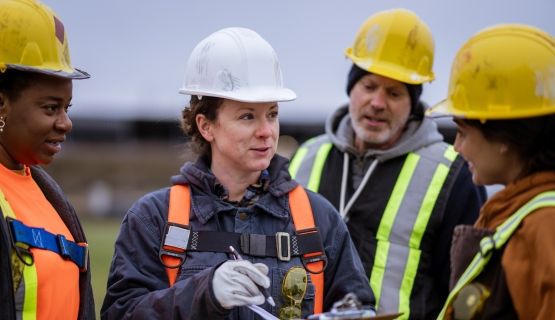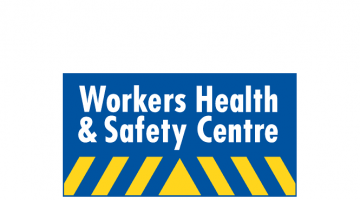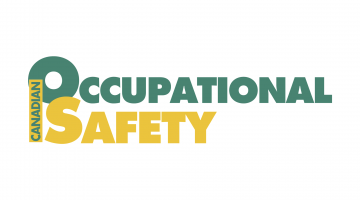Illness/injury prevention
IWH has a long history of conducting research to provide practical guidance to employers, workers, OHS professionals and regulators about what works and what doesn’t in injury or illness prevention. This research targets the injury and illness prevention practices of workplaces, as well as the programs developed by governments, health and safety associations and others to support and motivate workplaces to adopt effective practices.
Featured

At Work article
Differences in firm-level AI use for health and safety
To what extent are Canadian workplaces using artificial intelligence (AI) to help support workers’ health and safety? And what do these workplaces have in common? An IWH study surveyed firms across Ontario and British Columbia to find out.
Published: October 8, 2025

Impact case study
Saskatchewan’s construction safety group uses IWH tool to improve safety culture
This case study details how the Saskatchewan Construction Safety Association (SCSA) members have been analyzing IWH-OPM scores to adjust their safety practices and how SCSA has been using the data to tailor their outreach.
Published: February 10, 2025

At Work article
Can an eight-item questionnaire pick up on real-world differences in OHS practice?
How well can a set of eight questions capture something as broad and multi-faceted as an organization’s OHS policies and practices? An IWH study examines practices and policies at organizations that had completed the IWH-OPM. It finds consistent patterns in how high- and medium-scorers approach OHS.
Published: February 2020

IWH in the media
Workplace violence solutions for schools central to recent ETFO symposium
Participants from across Canada came together to discuss the most urgent health and safety concern facing education workers today—growing violence and harassment in schools. At the symposium, IWH Scientific Co-Director & Senior Scientist Dr. Peter Smith spoke of data showing the rise in workplace violence in Ontario is mainly experienced by women in the education sector.
Published: Workers Health & Safety Centre, February 2020
Journal article
Journal article
Examining the impact of occupational health and safety vulnerability on injury claim reporting in three Canadian provinces
Published: American Journal of Industrial Medicine, February 2020

At Work article
Estimating the societal costs of work injuries and illnesses in five EU countries
To help European Union countries set priorities and analyze potential benefits of tackling work-related hazards, an IWH team developed and implemented a new method for estimating the societal costs of work injuries and illnesses.
Published: January 2020
Journal article
Journal article
Understanding the organizational performance metric, an occupational health and safety management tool, through workplace case studies
Published: International Journal of Workplace Health Management, January 2020

Tools and guides
Safe Work Toolkit for Newcomers (Ontario)
This toolkit contains everything needed to deliver instructional sessions to newcomers in Ontario on their occupational health and safety (OHS) and workers' compensation rights and responsibilities.
Published: December 2019
IWH Speaker Series
IWH Speaker Series
Estimating the economic burden of work injuries and illnesses in the European Union
Knowing the economic burden of work-related illnesses and injuries in a country can help policy-makers set priorities. In a recent project involving five European Union countries, Institute for Work & Health Senior Scientist and labour economist Dr. Emile Tompa, along with post-doctoral fellow Amir Mofidi, developed and executed a new framework for such an estimate. In this presentation, Tompa discusses the approach, its potential, as well as results of the five-country study.
Published: November 2019
Video
Video
Participatory approach to health and safety in long-term care
Long-term care homes are high-risk environments, and strategies to reduce workplace injuries are essential to protecting long-term care workers and the quality of care provided to residents. This video whiteboard explains why and how a participatory approach to injury prevention can help prevent injuries by involving front-line staff in the identification and control of workplace hazards.
Published: October 2019

IWH in the media
As teachers report more violent incidents in schools, boards struggle
In school boards across Canada, more educators say they’re being hurt on the job, according to data reviewed by The Globe and Mail. But there are gaps in data collection, and debates over the reasons for the rise in reports of violence, writes Carolyn Alphonso, citing IWH Senior Scientist Dr. Peter Smith.
Published: The Globe and Mail, September 2019

IWH in the media
New beginnings: Recent immigrants need more support to reduce their heightened risk of injury
A recent study spanning across the United Kingdom, Australia and Canada found newcomers are at a higher risk of work-related injury and illness. Canadian Occupational Safety editor Amanda Silliker speaks to health and safety professionals and researchers in Canada, including IWH's Dr. Basak Yanar, about ways to reduce risks among recent immigrants.
Published: Canadian Occupational Safety, August 2019